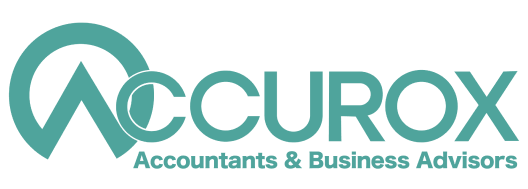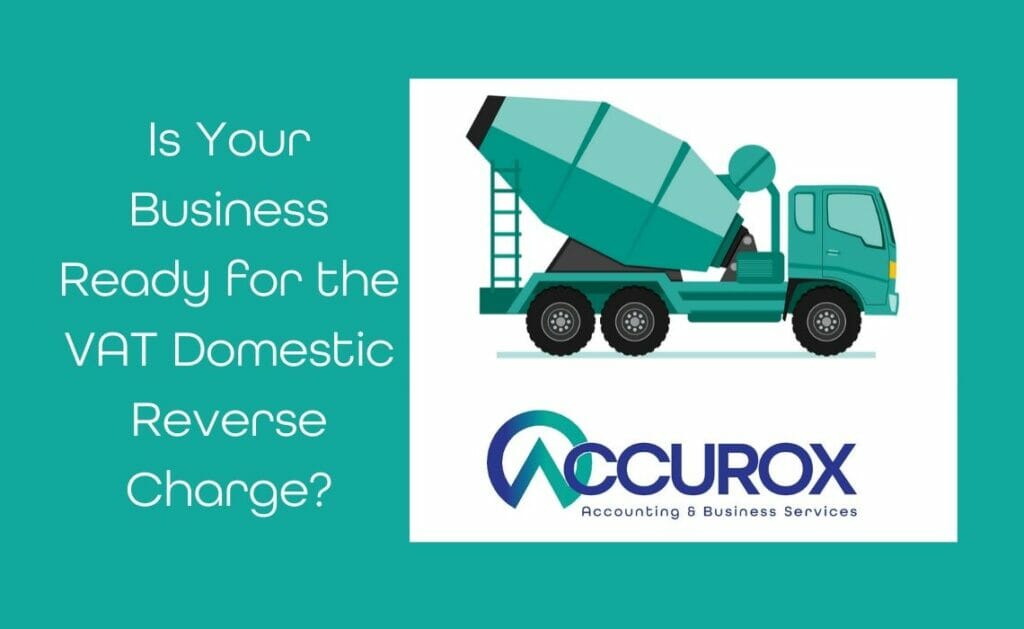We are often asked about Director’s Loans and how to access them. They can be a useful tool to utilise in your business, but not knowing the rules can lead to unexpected tax costs. In this article, we explain what director’s loan accounts are; how to use them wisely and how COVID-19 might affect them now.
However, before we consider the impact COVIDd-19 will have on these it’s best to go back to the beginning and clarify what a Director’s Loan is.
If you are looking to obtain a mortgage soon, the higher your taxable income, the more in theory you can borrow. Therefore, it may be wise to hold off using legitimate methods to reduce your taxable income. The same can be said for any extravagant purchases being put through as expenses. Lenders will be looking at all these figures when calculating how much you can borrow.
Here at Accurox we have had plenty of experience supporting business owners secure mortgages. Here are our tips on what you need to do, and what you should avoid!
Director’s Loans: A definition
A director can take money out their limited company in many ways: as a salary, a dividend payment or as a repayment for business expenses. Beyond those reasons, any other withdrawal of funds is categorised as a director’s loan, also know as Director’s Loan Account (DLA)
Where Issues Arise
Sometimes directors lend money to the company and that makes them creditors. However, when a director’s loan has been paid out to a director, the DLA is known as “overdrawn”. This can cause problems for a company and bring scrutiny from creditors and shareholders. Having a director’s loan is not necessarily a problem unless it cannot be repaid. Furthermore, it is only when the director’s loan is not paid off within 9 months of the company’s year end (and is over £10,000) that there might be a negative impact. For this reason, director’s loans should only be facilitated in the short-term.
How it affects the company
As we have established, short term loans are not a problem. However,there are tax implications when the loan remains overdrawn after 9 months. Then your company becomes liable for corporation tax at a hefty rate (32.5%). The good news is this is a temporary tax and your company will be refunded. Nevertheless, the financial impact while waiting for repayment can be catastrophic for a small business. Especially those that are already making a loss because of COVID-19.
Therefore, a company should only operate DLAs on a short-term basis. Where this is not possible, look for ways to reduce the balance. Consider paying some back or declaring it as salary. Although, this may increase the director’s personal tax liabilities, it scales back the risk to directors and shareholders, should insolvency be declared.
How it affects the Director
If a director has an overdrawn DLA of more than £10,000, it is treated as a “benefit in kind” . This is both taxable, and liable for National Insurance charges to your company. However, this does not apply if the loan is less than £5,000. Or if the director is paying the HMRC recommended rate of interest on the loan (2.25% from April 2020 onwards).
Director’s Loans and COVID-19
With the onset of COVID-19 many businesses have struggled to survive. Regardless, it is still especially important that directors follow the guidelines carefully in how they pay themselves. Thousands of businesses have availed of the CBILS’ and BBLs offered by the government. It is important to take proper advice on how to use these sources of funds. The Bounce Back Loan has an interest rate of 2.5%. However, where the funds are used incorrectly, you could be facing a large tax bill.
Dividends and Loans
Two important things to remember are:
- Dividends must be paid from a company’s profit.
- The Coronavirus loans, such as the BBLs can be used to support your business through the difficult post COVID-19 period, to pay salaries, to buy supplies etc. However, it should not be used for personal use.
In other words, it is not permissible to withdraw dividends from the funds you have secured by a BBL or CBIL, when the company is not in profit. If you are not sure, check with your accountant. It is possible for a company to be in profit while struggling with cashflow. Your accountant should be able to assist you with making this calculation and advise on how best to utilise your loan. Here at Accurox, we encourage all our clients to use accounting apps such as Xero. This provides them with a clearer picture of their current financial situation, including their expected profit at all times.
So, what next?
In summary, always speak to your accountant about taking dividends from your company. They will advice you on remaining compliant and reducing risk.
If you already have an overdrawn DLA that is becoming a problem, look into ways you can resolve the matter. Consider options such as offsetting the loan by transferring to another director, converting the loan into salary or speeding up its repayment. Overall, the easiest and most transparent way to take funds from your company is to pay yourself a salary. However, the terms of the BBL do not allow for it to be used on salary increases.
Speak to your accountant about the best way forward for your business or get in touch with us now!







